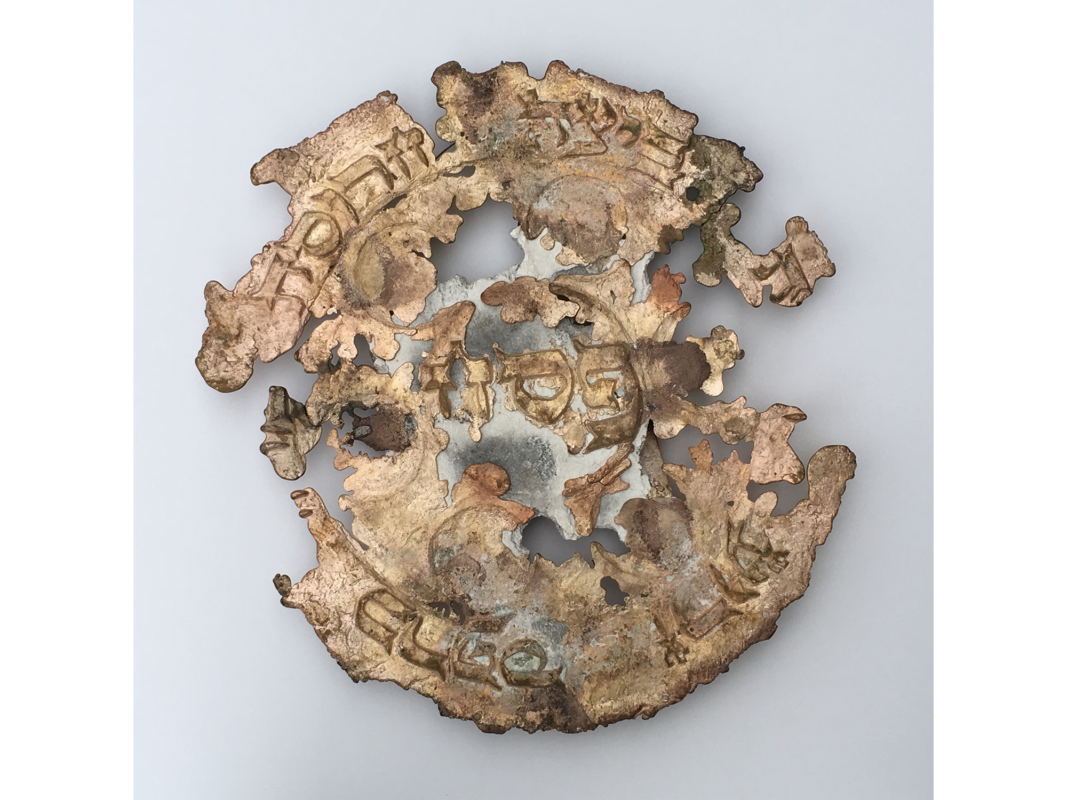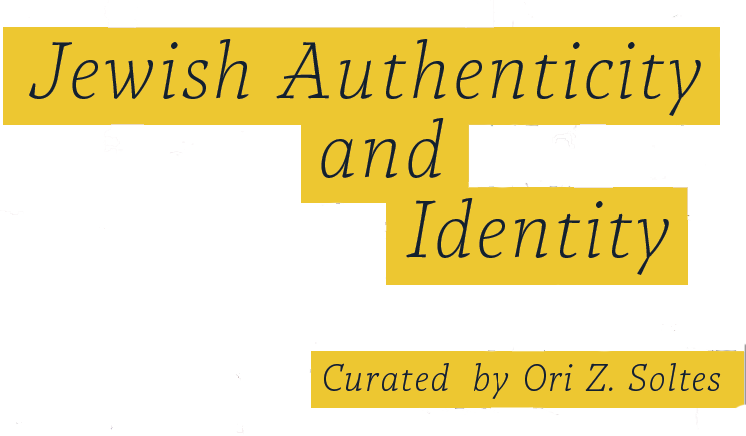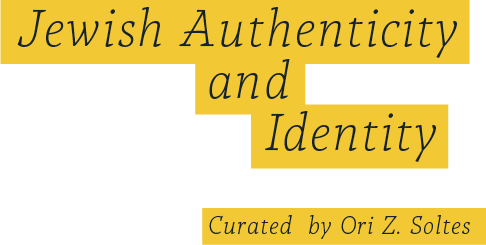
“Seder Plate,” Barry Goldstein, 2019, from the artist’s Artifact series, bronze, 22″ x 22″
Sandwiched, as it were, between the levels of intensity of Tu BeShvat and Yom Kippur is that most gastronomically-focused and memory-intensive holiday—lasting an entire week: Pesah (Passover). Its iconic central element can also lend itself to transformation from functional object to work of art, however. The bronze “Seder Plate” by Washingtonian, Barry Goldstein, offers a visual summing up the idea of Jewish history in its simultaneous erosional and survivalist aspects—an ongoing articulation of the phrase in Isaiah 10:21, that a remnant shall return, a righteous remnant, regardless of the scale of the catastrophe.
At the same time Goldstein’s work also reinforces the notion of ever more blurred lines between artwork and artifact, between objects that we look at and objects that we use, particularly in the Jewish context, for ceremonial purposes. It is at once the remnant of a Passover plate, its elegant low-relief inscriptions still largely discernible—beitzah (“egg”) at the top, haroset (“sweet herbs”) to the upper left, Pesah (both “Paschal lamb” and “Passover” itself) in the center)—its edges and interior surfaces eaten away, like a round matzah left behind long after Passover has been superseded on the calendar, on which the mice have been gradually feasting. At the same time, it suggests, in its material, texture, and color, an archaeological artifact, found among the remains of some ancient site that had perhaps been destroyed by the flames accompanying an act of sacking and pillage.
The broad contours of too much of Jewish history intersect the relentless pulse of Jewish ritual life and informed by persistent Jewish memory. History and memory are dynamically articulated by the Passover Seder that displays its central gastronomic elements. But ironically enough, in its deliberately fragile condition, this particular object can only serve its ritual purpose in a symbolic manner—and thus is relegated to being a simple and magnificent work of art, defined by an intriguing marriage of subtle pigments, rich textures, and a shape both perfectly circular and compellingly imperfect. The traditional hierarchy of Western art history that has slowly shifted during the past few centuries has completed its ironic subversion: purposeful craftwork transcends “fine art” to which this object has been reduced, rather than elevated.
For most of my formative years, I lived as an outsider in disparate small towns across the U.S. I was The Jew. Alone. Exposed. Fast forward, age 45, my professional career culminated with selling my business to a large publicly traded company. Despite my success, I was left with a void of meaning and purpose. Esoteric wisdoms of the world seemed to hold great possibility yet fell short. Art became my vision for a new professional identity. A chance meeting of a rabbi, years of conversation and study and my eyes opened to an inheritance that I had pushed away for most of my life. Surprisingly, I came to realize my art has all along been filled with expressions of the burning flame of my Jewish identity. My art has been the catalyst to finding me. To learn more, visit www.heartoftheonion.com, or like Barry Goldstein, Artist on Facebook.

